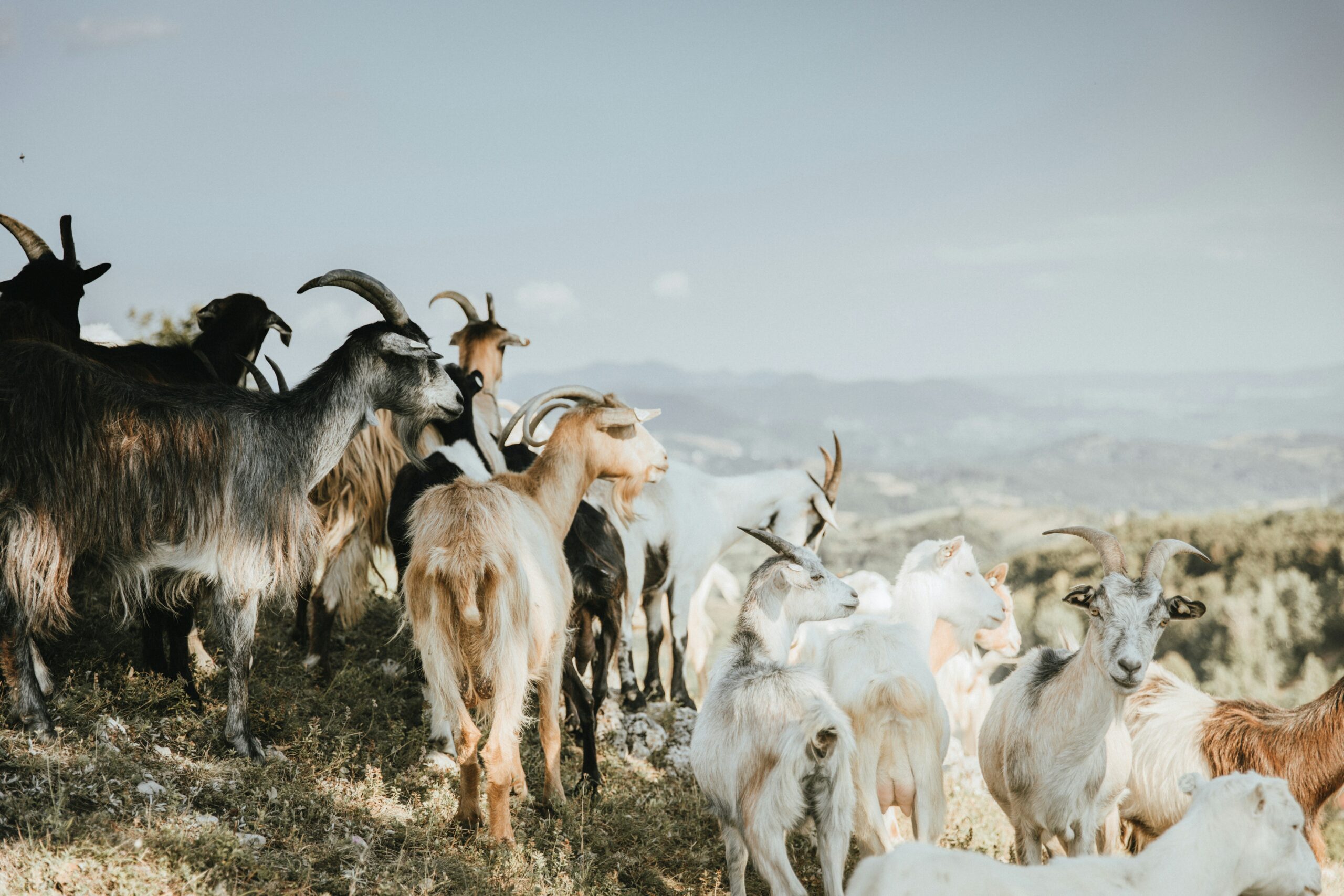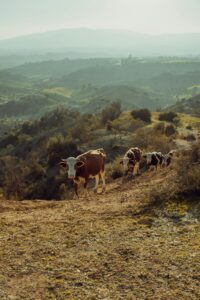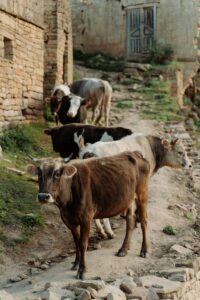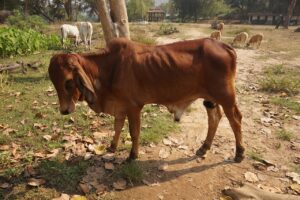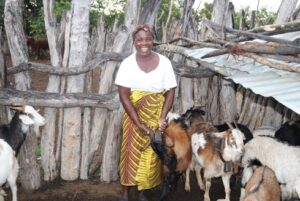Smallholder farmers in Zimbabwe who rear livestock are counting their losses after an extended dry season decimated pastures. Like many smallholders, livestock breeders rely on rainfall for the feeding of their cattle, goats, donkeys, and everything else. However, with the country reeling under an unusually long dry season, the fattening of cattle solely by way of natural pastures on rolling green plains and abundant water sources remains nothing but a distant memory.
Silibaziso Mthembu is a dedicated woman. She keeps a small herd of cattle she inherited from her deceased husband. “If he was still alive he would be disappointed by how thin the cattle are,” Silibaziso said.
“These past few years have been particularly bad, but what we are seeing now is worse. The cattle have nothing to chew,” she said. Where her husband hired herd boys who took the livestock to pasture, she says she cannot afford to pay for extra help to ensure her herd gets enough food.
Amid such gloom, other smallholders are selling their cattle to stave off losses. But that has meant selling at prices below market value as the cattle have lost significant weight.
“The cows are thin and people with money to buy stock feed are buying the cattle for a song,” said Charles Mlangeni, a retired civil servant in Lupane, about 120 km north of Bulawayo. The southwest of the country is known for cattle breeding but its low rainfall geographical location is haunting smallholders who cannot afford stock feed.
“It is better to sell off some of the herd and raise enough money to buy feed for the remaining cattle, but many people here do not want to sell,” Charles said.
Cattle have historically been seen as a sign of wealth in many rural parts of Zimbabwe, and owners would choose to rather go hungry than sell their cows. Yet the reality of climate-induced lack of pastures may soon persuade smallholders to reduce their herds. Older farmers still remember the grief of the 1992 drought which decimated thousands of cattle, with the government struggling to support smallholders to save the national herd. During the 2019 drought, the Food and Agriculture Organisation said Zimbabwe lost more than 21 000 head of cattle. The FAO noted that cattle starved to death “due to depleted grazing and diminished water sources.”
In response to the 2019 drought, the UN agency launched the Zimbabwe Livelihoods and Food Security Programme (LFSP) to help farmers with fodder production and supplementary feeding for cattle.
Thousands of farmers were taught how to produce fodder crops such as velvet beans, leucaena, and lablab. Yet only five years later, cattle owners such as Charles find themselves facing the same threats of losing their livestock. They are watching cattle that should serve as a source of wealth lose weight and value at a time when commodity prices are going up. Last December, the Agriculture and Rural Development Advisory Service (ARDAS), a state owned enterprise, reported that 7 600 cattle had died across the country during the cropping season due to the direct effects of El Niño.
- The drought has meant selling cattle at prices below market value as the cattle have lost significant weight. (source: Pexels)
- With Zimbabwe’s unusually long dry season, the fattening of cattle solely by way of natural pasture and abundant water sources remains nothing but a distant memory. (source: Pexels
More than 2 400 cattle had died in one week, ARDAS reported. It appeared the decimation of pastures had not been foreseen to enable the implementation of strategies to counter the massive loss of cattle. In the past, farmers grew enough maize and other grains to divert some to feeding their cattle, but the ongoing drought has meant that farmers are more concerned about feeding themselves after poor grain harvests. While the government has routinely claimed it has enough grain reserves, the agriculture ministry still has to confirm if excess grain will be channeled towards saving starving livestock. In the meantime, well-resourced farmers are seeing an opportunity purchasing the starving cattle, putting them on fattening schemes and reaping the benefits.
According to the ministry of agriculture, the country has only recently begun to rebuild its national herd after years of stagnation. Yet there are fresh challenges brought by delayed rains, and the extended dry season could reverse those efforts. In response, Lands, Agriculture, Fisheries, Water and Rural Development Permanent Secretary Professor Obert Jiri has advised farmers to breed
goats instead.
“We are promoting the production of goats and sheep so that at least we stand a chance to mitigate the vagaries of climate change,” Obert told state media last December.
- Last December, the Agriculture and Rural Development Advisory Service (ARDAS), a state owned enterprise, reported that 7 600 cattle had died across the country during the cropping season due to the direct effects of El Niño. (source: Pixaby)
- Farming with goats instead of cattle may be a climate wise decision. (Photo: www.zagp.org.zw)
“Farming with small stock is climate smart. We have the Presidential Goat Scheme and poultry programme. We are targeting six million head this year and by 2025 our target is eight million. We have particular programmes of trying to climate-proof our livestock through the adoption and promotion of small stock,” he says. Whether farmers who view cattle as a source of wealth will heed that advice remains to be seen.

